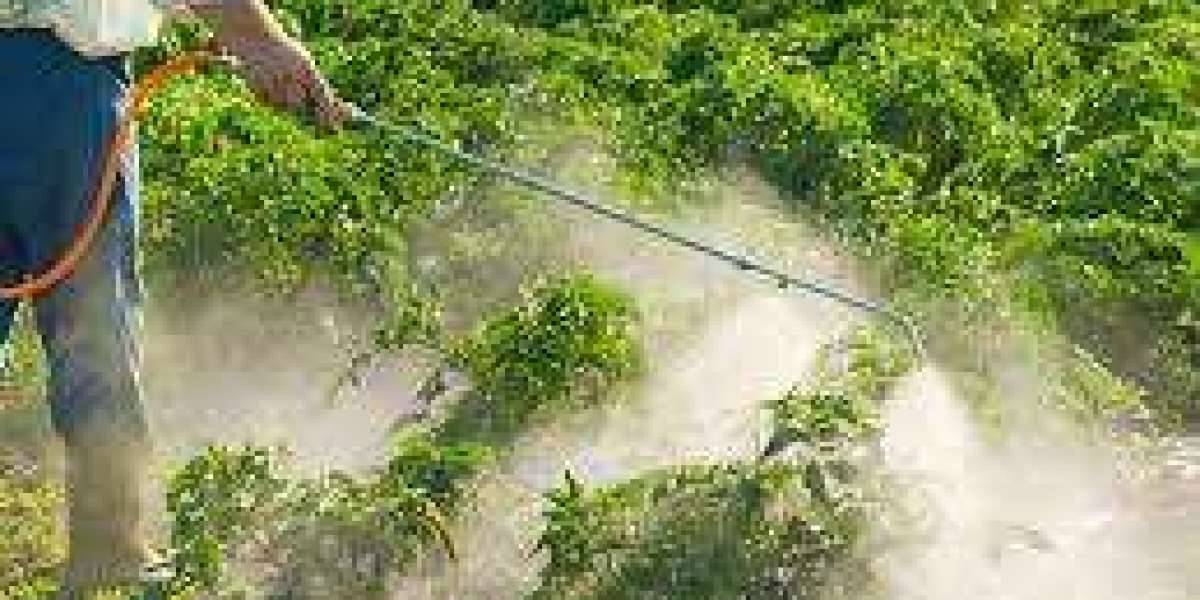The crop protection chemicals market is at a pivotal juncture, grappling with the dual challenges of escalating pest resistance and shifting consumer preferences towards sustainable agriculture. These factors are reshaping industry dynamics, compelling stakeholders to innovate and adapt to ensure both crop productivity and environmental stewardship.
The Escalating Threat of Pest Resistance
Pest resistance has emerged as a formidable challenge in modern agriculture. Prolonged and intensive use of crop protection chemicals can lead to the development of resistance in pest and weed populations, diminishing the efficacy of chemical control methods and necessitating higher application rates or alternative products.
In response, major agricultural companies are leveraging artificial intelligence (AI) to expedite the discovery of new, effective chemicals. For instance, Bayer's "CropKey" system utilizes AI to match weed protein structures with chemical molecules, leading to the development of a new herbicide, Icafolin, expected to be released in 2028. This technology aims to reduce the time from discovery to commercialization from 15 years to approximately 10 years.
However, reliance on new chemicals alone may not suffice. Experts caution that this approach could exacerbate resistance issues, leading to the emergence of stronger "superweeds." Therefore, integrated strategies that combine chemical and non-chemical methods are essential to sustainable pest management.
Shifting Consumer Preferences Towards Sustainability
Consumer awareness regarding the environmental and health impacts of chemical pesticides is influencing market trends. There is a growing demand for organic and sustainably produced food, prompting farmers and agrochemical companies to adopt eco-friendly solutions. A study reported that 73% of global consumers are willing to pay more for products from sustainable and environmentally friendly sources.
This shift is driving the adoption of biopesticides, derived from natural materials like plants, bacteria, and minerals. Biopesticides offer environmentally friendly alternatives with lower risks to human health, aligning with consumer demands and regulatory trends. Governments and regulatory bodies are increasingly supporting the use of biopesticides through favorable policies and regulations.
Regulatory Pressures and Environmental Concerns
Environmental concerns and stringent regulatory frameworks represent significant restraints on the crop protection chemicals market. As awareness of the environmental and health impacts of synthetic chemicals grows, governments globally are imposing stricter regulations on the use and approval of these products. These regulations not only increase the cost and complexity of bringing new chemicals to market but also restrict the use of many existing products, forcing companies to invest heavily in research and development of safer alternatives.
In India, for instance, the government has proposed further restrictions on the usage of 27 pesticides already banned in other countries, citing risks such as carcinogenicity and toxicity to aquatic organisms and pollinators.
Technological Innovations and Integrated Pest Management
To address these challenges, the industry is embracing technological advancements and integrated pest management (IPM) practices. IPM combines biological, cultural, mechanical, and chemical methods to control pests sustainably. This approach emphasizes the growth of healthy crops with minimal disruption to agro-ecosystems and encourages natural pest control mechanisms.
Innovations such as nanotechnology, microencapsulation, and smart formulations enhance the effectiveness and targeted delivery of active ingredients, reducing environmental impact. Additionally, the integration of digital agriculture and precision farming techniques, including drones and GPS-guided equipment, enables precise application of crop protection chemicals, optimizing resource utilization and minimizing waste.
Conclusion
The crop protection chemicals market is navigating complex challenges posed by pest resistance and evolving consumer preferences. Addressing these issues requires a multifaceted approach that includes technological innovation, regulatory compliance, and a commitment to sustainable practices. By embracing integrated pest management and investing in eco-friendly solutions, the industry can meet the demands of modern agriculture while safeguarding environmental and human health.








